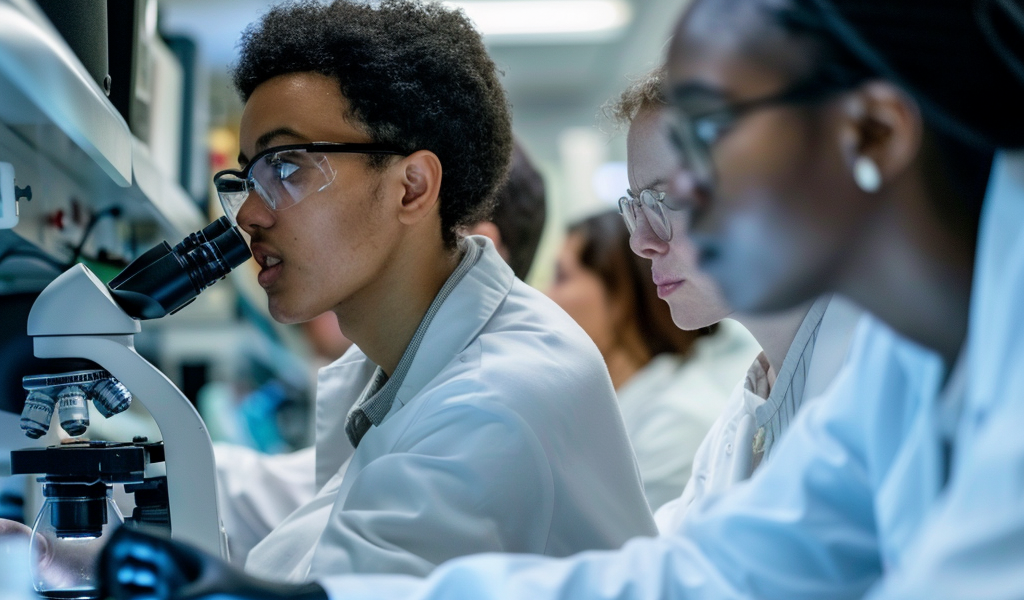An electrifying discovery in the field of medical research has the potential to revolutionize gene therapy treatments. A team of researchers at the University of Wisconsin–Madison has developed a groundbreaking method to enhance the delivery of gene therapies, making them more effective and affordable.
The innovative approach involves exposing liver cells to short electric pulses, significantly increasing the uptake of gene therapy material by over 40 times compared to cells not subjected to pulsed electric fields. This breakthrough could lead to a reduction in the required dosage for treatments, improving safety and accessibility for patients in need.
Gene therapy holds immense promise in the medical field by offering the possibility of curing or managing genetic diseases such as cystic fibrosis, sickle-cell disease, hemophilia, and diabetes. However, a major challenge in gene therapy has been ensuring the optimal delivery of genetic material to target cells.
The research conducted at UW–Madison highlights the potential of applying a moderate electric field to enhance the effectiveness of gene therapies without causing lasting harm to the cells. This method opens up new possibilities for developing more efficient treatment strategies for a range of genetic conditions.
The project originated nearly a decade ago under the guidance of Hans Sollinger, a transplant surgeon at UW–Madison, who pioneered a gene therapy approach for type 1 diabetes. This treatment involved delivering the genetic code for insulin production to liver cells using an adeno-associated virus, enabling the cells to produce insulin without being attacked by the immune system.
While the initial therapy showed promise, the key challenge lay in optimizing the delivery of genetic material. To address this issue, Sollinger collaborated with Susan Hagness and John Booske, both professors of electrical and computer engineering at UW–Madison with expertise in using electrical pulses to treat human cells.
The collaborative effort between medical and engineering disciplines led to a significant breakthrough in gene therapy delivery. By exploring targeted and localized approaches, the researchers have paved the way for more efficient and precise treatments that can directly target affected tissues.
The findings of this study, published in the journal PLOS ONE, underscore the potential of integrating electrical engineering principles with medical research to enhance the effectiveness of gene therapies. This innovative method not only improves the delivery of gene therapy materials but also holds promise for advancing treatment options for a wide range of genetic disorders.





